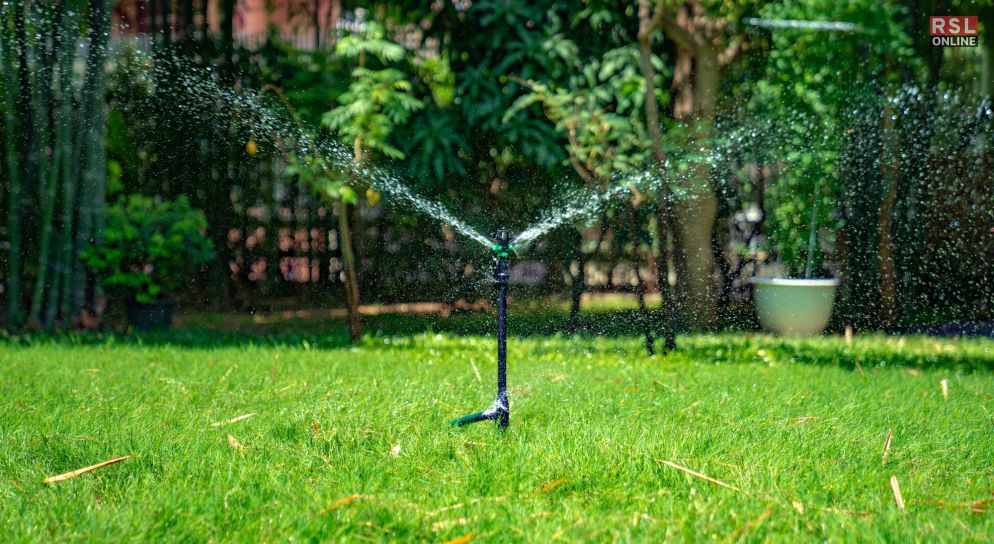Picture this: a beautiful, lush lawn that’s the envy of your neighborhood. You’ve just planted grass seed, and now you’re wondering, “How often to water grass seed?”
Well, you are not alone in this!
Watering your grass seed correctly is crucial to achieving that dreamy, green carpet of grass. In this guide, I will walk you through the ins and outs of watering grass seed to help you transform your yard into a verdant oasis.
So, keep reading this gardening blog till the end to learn more about watering grass seed…
So, How Often To Water Grass Seed?
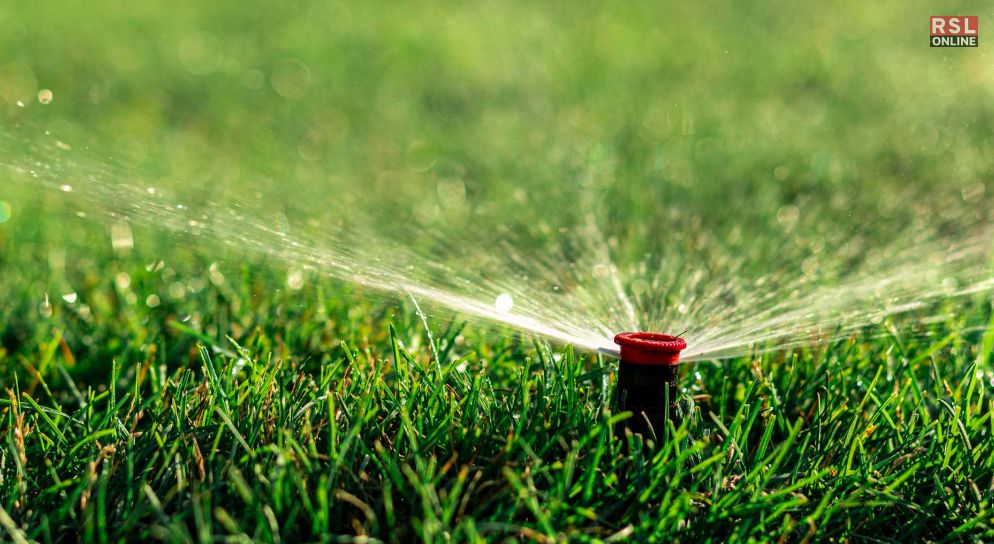
If you are a beginner in the world of gardening and want to make sure that you are able to turn your lawn into a green heaven, I have you covered! I have divided this blog into sections to make the steps easier and more understandable for you!
So, get ready to put on your gardening gloves. It is time to get dirty!
Understanding The Basics

In this part of the blog about how often to water grass seed, I am exploring the critical factors that influence your lawn’s health and the success of your grass seed planting endeavors. So, let’s get right into it!
1. Type Of Grass Seed:
- The type of grass seed you choose is the foundation of your lawn. Different grass varieties have distinct characteristics, including their water requirements. It’s crucial to select a grass type that thrives in your region’s climate and soil conditions.
- For instance, Kentucky Bluegrass is known for its lush, green appearance and ability to thrive in cooler climates, while Bermuda grass excels in warmer, sunnier areas. Fescue varieties offer a versatile option that can adapt to a range of conditions.
- Before planting, research and select a grass variety that suits your local climate and your preferences for lawn aesthetics and maintenance.
2. Soil Type:
- Your lawn’s soil composition plays a pivotal role in how water is retained and distributed to your grass seeds. There are three primary soil types: sandy, loamy, and clayey.
- Sandy soil drains quickly but may struggle to retain moisture. Loamy soil is often considered ideal, as it retains moisture while allowing for proper drainage. Clayey soil retains moisture well but can become compacted, affecting root growth.
- Understanding your soil type helps you tailor your watering approach. Sandy soil may require more frequent watering, while clayey soil may benefit from less frequent but deeper watering.
3. Climate:
- Your local climate is a significant determinant of your lawn’s water needs. Regions with hot, dry summers will demand more water than areas with milder, more moist climates.
- Consider your region’s average temperature, humidity, and rainfall patterns. If you live in an arid region, be prepared for more frequent and consistent watering, especially during the summer months.
4. Seed Depth:
- Proper seed depth is crucial for successful germination. Grass seeds should typically be sown at a depth of about ¼ to ½ inch. Planting them too deeply can impede germination, as they may not receive adequate moisture and light.
- Use a rake or seed spreader to evenly distribute the seeds across your lawn. Afterward, gently press the seeds into the soil to ensure good seed-to-soil contact without burying them too deeply.
5. Quality Of Soil Preparation:
- The preparation of your soil before seeding is essential. Clear the area of debris, weeds, and rocks, and ensure the soil is loose and well-aerated. This allows for better water infiltration and root growth.
- Adding organic matter, such as compost or peat moss, can improve soil structure and water retention, benefiting your grass seedlings.
6. Sunlight Exposure:
- The amount of sunlight your lawn receives affects its water requirements. Grass in shady areas typically requires less water than grass in full sun.
- Understand the sunlight patterns in your yard and adjust your watering schedule accordingly. Grass in sunny spots may need more frequent watering to combat the increased evaporation.
Achieving a thriving lawn starts with understanding the fundamental factors that influence how often and how much you should water your grass seed. These include the type of grass seed, your soil type, local climate conditions, proper seed depth, soil preparation, and sunlight exposure.
By taking these factors into account and tailoring your watering approach accordingly, you’ll be well on your way to nurturing healthy, vibrant grass that transforms your yard into a picturesque oasis. Remember, a well-informed approach to watering is the key to a lawn that’s the envy of the neighborhood.
Initial Watering: The Crucial First Step To Successful Lawn Growth
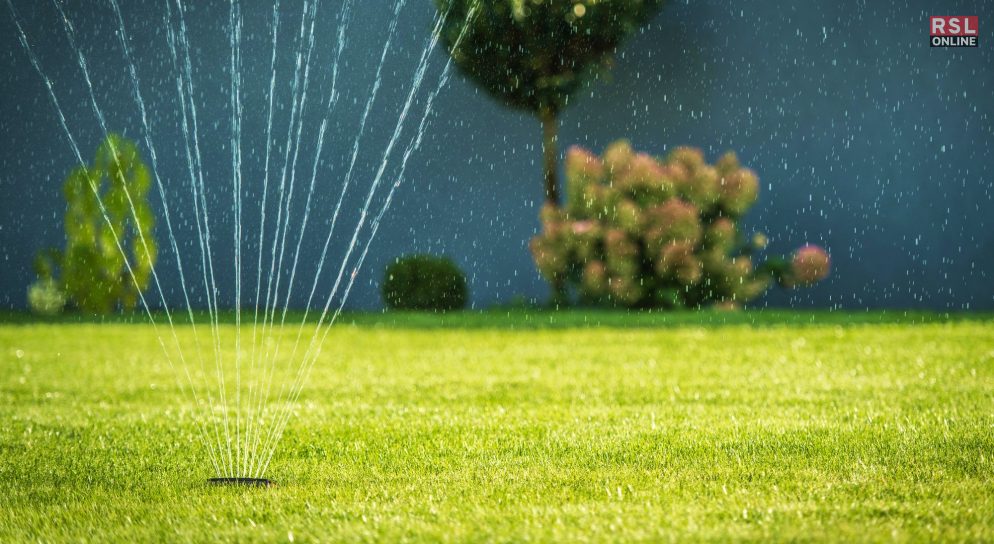
The initial watering phase is the foundational step in nurturing your lawn from grass seed to lush greenery. This crucial phase sets the stage for successful germination and the eventual growth of a thriving lawn. In this segment, I will delve into the intricacies of initial watering, focusing on why it’s essential, how to do it right, and what common mistakes to avoid.
Why Initial Watering Matters:
- Seed Settlement: The primary goal of initial watering is to settle the grass seeds into the soil. Adequate moisture helps the seeds make contact with the earth, ensuring they have the best chance to germinate successfully.
- Initiating Germination: Proper moisture content in the soil is vital for kickstarting the germination process. Seeds require consistent moisture to soften and break their dormancy, allowing tiny shoots to emerge.
- Establishing Root Systems: The initial watering phase promotes early root development. As the grass seeds germinate, their roots begin to grow, anchoring them firmly in the soil and facilitating nutrient absorption.
How To Do It Right:
- Frequency: During the initial phase, water lightly but frequently. Aim for two to three watering sessions each day to maintain a consistent level of soil moisture. This ensures that the seeds remain adequately hydrated for successful germination.
- Watering Time: Optimal times for initial watering are early morning and late afternoon. Morning watering allows the grass to absorb moisture before the heat of the day, while late afternoon sessions provide adequate hydration as the sun begins to set. Avoid watering in the midday heat, which can lead to excessive evaporation.
- Avoid Puddles: Overwatering during this phase can lead to puddles forming on the soil surface. Puddles can suffocate the seeds by depriving them of oxygen and lead to poor germination. Ensure that the water soaks into the soil without pooling.
Common Mistakes To Avoid:
- Overwatering: While moisture is essential, overdoing it can be detrimental. Excessive watering can lead to waterlogged soil and rotting seeds. It’s a delicate balance, so aim for consistently moist soil without making it soggy.
- Underwatering: Neglecting your grass seed during this critical phase can result in poor germination or delayed growth. Inconsistent watering can lead to uneven germination, leaving patches of bare soil in your lawn.
The initial watering phase is the first step on your journey to a lush, green lawn. By providing the right amount of moisture, settling the seeds, and initiating the germination process, you’re setting the stage for success.
Remember to maintain a delicate balance in moisture levels, avoid common watering mistakes, and be patient as you watch your grass seeds transform into a beautiful, vibrant lawn. With proper initial watering, you’ll be well on your way to enjoying the lawn of your dreams.
The Germination Period
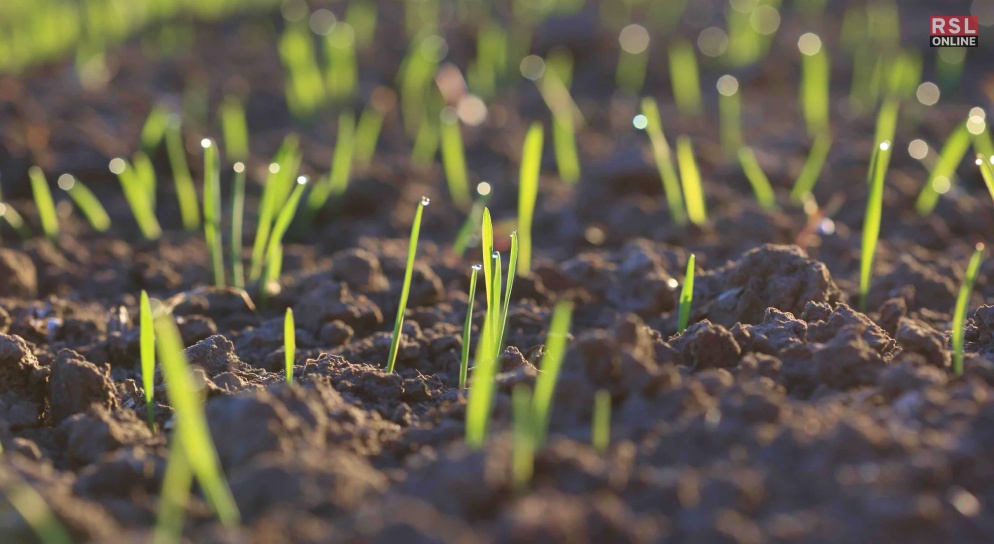
The germination period is a critical phase in the growth of grass seed and other plants. It marks the initial stage of a seed’s transformation into a young seedling, and it’s a time when the right care and conditions are essential for successful growth. In this phase, the dormant seed awakens from its slumber and begins to sprout, eventually developing into a visible seedling.
Duration
The germination period typically spans two to three weeks, although it can vary depending on several factors, including the type of grass seed, environmental conditions, and soil quality. Some grass species may germinate more quickly, while others take a bit longer.
Key Factors
Here are some of the key factors that you should keep in mind during the process of germination:
- Water: Adequate moisture is the primary trigger for germination. The seed absorbs water, causing it to swell and initiate metabolic processes. It’s crucial to keep the soil consistently moist but not waterlogged during this phase. Watering lightly but frequently, about two to three times a day, is a common practice to maintain the necessary moisture levels.
- Temperature: Temperature plays a significant role in germination. Most grass seeds prefer a soil temperature between 50°F and 85°F (10°C to 29°C) for optimal germination. Cooler temperatures may slow down the process, while excessively high temperatures can lead to seedling stress.
- Oxygen: Oxygen is essential for the metabolic processes that occur during germination. Proper soil aeration is critical to ensure that the developing seedling can access the oxygen it needs. Compacted or waterlogged soil can hinder germination.
- Depth: Planting depth is also a crucial consideration. Seeds should be sown at the recommended depth, which varies depending on the grass species. Planting too deep can delay germination or prevent it altogether.
- Light: Some grass seeds require light to germinate, while others prefer darkness. Always follow the specific guidelines for your chosen grass type.
Signs Of Germination
During the germination period, you’ll notice some key signs of growth:
- Emergence: As the seed starts to swell after absorbing water, it may crack open. At this point of time, you may see a tiny shoot, called the radicle, emerge. This is the first visible sign of germination.
- Root Growth: The radicle will develop into roots, anchoring the seedling into the soil.
- Cotyledons: Depending on the type of grass, you may see the emergence of cotyledons, which are the first leaves of the seedling. These initial leaves provide nutrients to the young plant until it can produce true leaves through photosynthesis.
Care During Germination
To ensure successful germination, provide consistent moisture, maintain appropriate temperatures, and avoid any disturbances to the newly sown area. Be patient and avoid walking on or mowing over the germinating seeds, as this can damage the delicate seedlings.
Establishment Phase
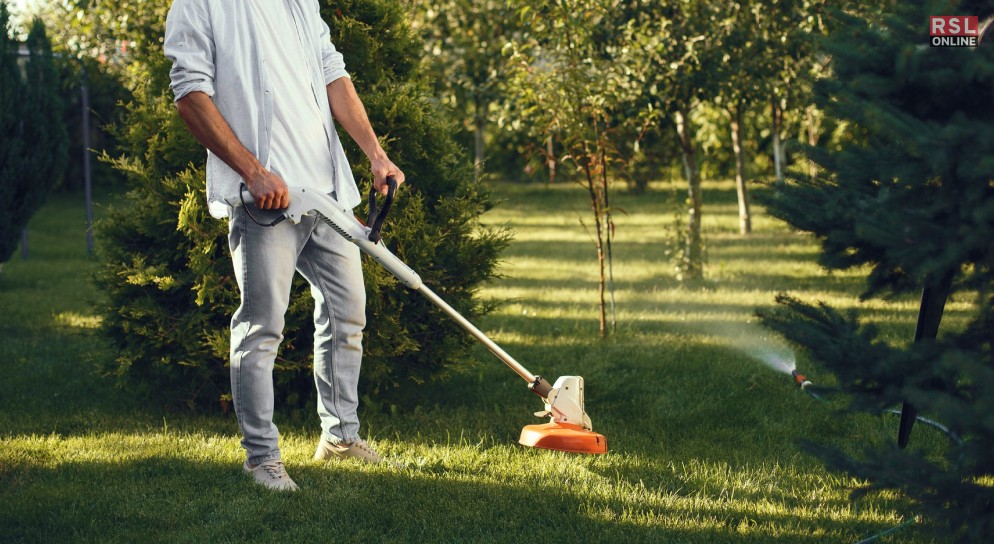
The establishment phase in lawn care is a critical period that follows the initial seeding or sodding of your grass. During this phase, your goal is to help your newly planted grass seedlings or sod take root, grow, and establish a strong foundation for a healthy and vibrant lawn. This phase typically occurs approximately two to six weeks after planting, depending on various factors such as grass type, climate, and soil conditions.
1. Watering
In the establishment phase, you should continue to provide consistent moisture to your grass, although you can begin to reduce the frequency of watering compared to the germination phase. Water deeply but less often to encourage the development of deeper root systems. The goal is to keep the soil consistently moist but not soggy. Be vigilant in monitoring the soil’s moisture content and adjust your watering schedule accordingly.
2. Fertilization
Consider a light application of a balanced, slow-release fertilizer during the establishment phase. This will provide essential nutrients for your young grass plants as they grow and develop. However, avoid over-fertilizing, as excessive nutrients can harm your grass.
3. Mowing
Once your grass reaches a height of around 2-3 inches, you can begin mowing it for the first time. Use a sharp mower blade and set it to a height that removes only about one-third of the grass blade’s length. Mowing at the correct height encourages healthy root and shoot development.
4. Weed Control
Keep an eye out for weeds during the establishment phase. Weeds can compete with your grass for nutrients, water, and sunlight. Consider spot-treating weeds if they become problematic, but avoid using herbicides that could harm your young grass.
5. Traffic And Activity
Minimize foot traffic and other activities on your newly planted grass during this phase. The grass is still tender and not fully established, so excessive use can damage it. Place barriers or signs to deter people and pets from walking on the new lawn.
6. Disease And Pest Management
Be vigilant for signs of diseases or pest infestations during the establishment phase. Young grass is more susceptible to these issues, so monitor your lawn regularly and take appropriate measures if you notice any problems.
7. Continued Care
Even as your grass starts to establish itself, don’t neglect its care. Continue to provide adequate water, proper mowing, and other maintenance practices to ensure a successful transition to a mature lawn.
Remember that the specific duration of the establishment phase can vary based on factors such as grass type, weather conditions, and how well you’ve managed the care of your lawn. It’s a crucial period that sets the stage for the long-term health and appearance of your lawn.
By following proper watering and maintenance practices during this phase, you’ll be well on your way to enjoying a beautiful and resilient lawn in the future.
Mature Lawn Maintenance: Keeping Your Established Grass Healthy
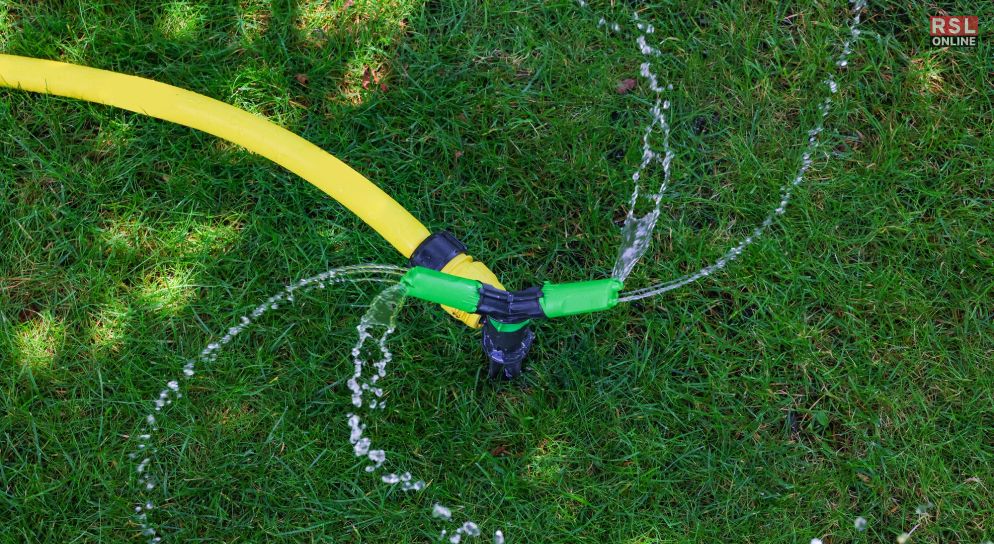
Maintaining a mature lawn requires a different approach than nurturing newly planted grass seed. At this stage, your lawn has developed a solid foundation, and it’s time to focus on keeping it healthy and vibrant. Here’s how to effectively care for your established grass:
1. Adjusted Watering Routine
Mature lawns benefit from deep, infrequent watering. Aim for about one inch of water per week, either from rainfall or irrigation. Water deeply to encourage deep root growth, which makes your grass more resilient during dry spells.
2. Morning Watering
Water your lawn in the early morning hours, preferably between 6 a.m. and 10 a.m. This timing reduces the risk of fungal diseases and minimizes water loss due to evaporation.
3. Measuring Water
Use a rain gauge or a container to measure how much water your lawn receives. This helps ensure you’re providing the right amount and prevents overwatering, which can lead to shallow root systems and other issues.
4. Fertilization
Mature lawns benefit from periodic fertilization to maintain their health and lush appearance. Use a fertilizer with a ratio like 4-2-1 of nitrogen, potassium, and phosphorus. You need to apply fertilizer in the early spring and late fall for best results.
5. Regular Mowing
Keep your grass at an ideal height, typically between 2.5 to 3.5 inches, depending on the grass type. Regular mowing not only maintains your lawn’s appearance but also encourages healthy growth and root development.
6. Aeration
Aerate your lawn every 1-3 years, depending on soil compaction. Aeration helps air, water, and nutrients reach the roots, promoting overall lawn health.
7. Weed Control
Keep an eye out for weeds and take prompt action to control them. Hand pulling or spot treatments can be effective without harming your established grass.
8. Pest Management
Watch for signs of pests such as grubs or chinch bugs and address infestations promptly. Integrated pest management strategies can help protect your lawn.
9. Drought Tolerance
Consider the drought tolerance of your grass variety. Some types can withstand dry spells better than others. Select grass varieties suited to your region’s climate for less maintenance.
10. Seasonal Clean-Up
Perform seasonal clean-up tasks, like removing leaves in the fall and debris throughout the year. This helps prevent disease and maintains your lawn’s appearance.
In summary, mature lawn maintenance is about sustaining the health and beauty of your established grass. With the right watering regimen, proper mowing, fertilization, and attention to potential issues like weeds and pests, you can enjoy a lush, green lawn year-round. Regular care not only enhances your lawn’s aesthetics but also contributes to its long-term resilience and vitality.
Bonus: Common Mistakes To Avoid While Watering Grass Seeds!
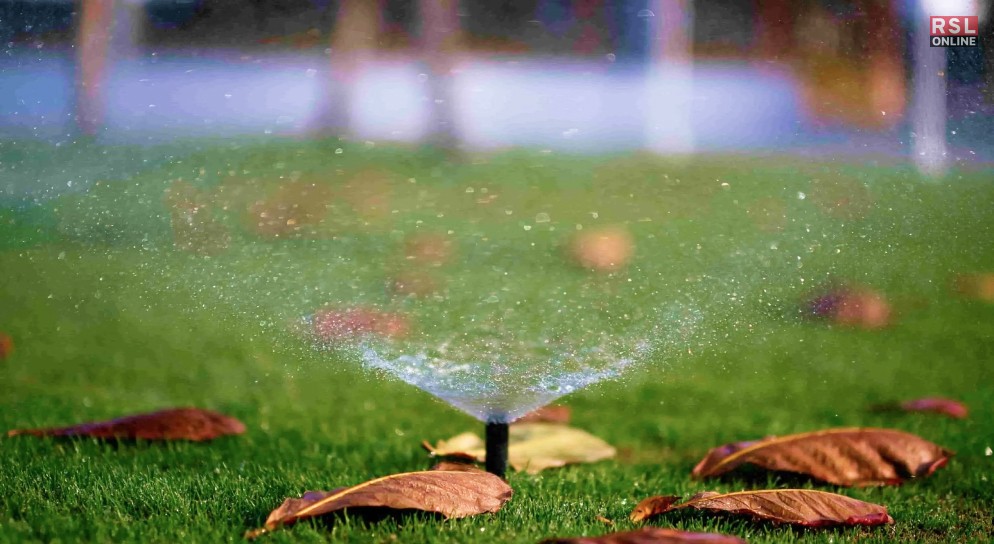
Remember, nurturing grass seed into a flourishing lawn is a journey that requires patience, observation, and a touch of green-thumb wisdom.
By avoiding these common mistakes and following a well-thought-out watering plan tailored to your grass type, soil, climate, and local conditions, you’ll set the stage for healthy, vibrant grass that transforms your lawn into a lush oasis for years to come.
Here are some of the mistakes that you need to avoid:
1. Overwatering
One of the most common mistakes when nurturing grass seed is overwatering. While it’s essential to keep the soil consistently moist during the germination phase, drowning your seeds can have detrimental effects. Excessive water can lead to shallow root development, making your grass susceptible to drought and disease. To avoid overwatering, maintain a balance between moisture and drainage, ensuring the soil doesn’t become waterlogged.
2. Underwatering
Neglecting to water your grass seed adequately during its critical growth stages is another pitfall. When seeds don’t receive enough moisture, germination can be poor, resulting in spotty or weak grass coverage. To prevent this, closely monitor soil moisture levels, especially during the germination period, and adjust your watering schedule accordingly. Consistency is key to ensuring your grass seedlings thrive.
3. Ignoring Local Conditions
Your local climate, soil type, and region-specific factors should influence your watering strategy. Not tailoring your approach to these conditions can lead to inefficient watering or even harm to your grass. If you live in a hot and arid climate, you may need to water more frequently, while in cooler, humid areas, less water may be necessary. Always consider your unique environmental conditions.
4. Inconsistent Watering
Inconsistency in your watering routine can stress your grass seedlings. Rapid changes in moisture levels can lead to uneven growth and weaken your lawn’s overall health. Establish a regular watering schedule and stick to it, adjusting as needed based on weather conditions. Consistent care promotes even germination and healthier grass.
5. Failing To Observe Signs
Pay attention to your lawn’s signals. If you notice your grass wilting, turning brown, or drying out despite regular watering, it’s essential to act promptly. These signs may indicate that your watering schedule or technique needs adjustment. Be proactive in responding to your lawn’s needs to prevent damage.
6. Using The Wrong Tools
Using improper watering tools, such as high-pressure hoses that can dislodge seeds or uneven sprinklers, can lead to uneven watering and seed displacement. Choose appropriate tools and methods that distribute water evenly, ensuring all areas receive adequate moisture.
Wrapping It Up!
Achieving that dreamy, vibrant lawn starts with knowing how often to water grass seed. It’s a journey from the initial sowing to the mature, lush grass you envision. By understanding the needs of your grass type, soil, and local climate.
And by following these watering guidelines, you’ll be well on your way to enjoying the greenest lawn in your neighborhood. So, roll up those sleeves, grab the hose, and get ready to nurture your grass seed into a stunning, thriving lawn that’s sure to make your neighbors green with envy.
In case you were searching about how often to water grass seed, I hope that this blog has been of help to you. If there are any other queries related to the same, feel free to let me know. All that you need to do is scroll down till you reach the bottom of the page. Then leave your comments and queries in the box below. And I will be there to answer them all for you!
Read Also:

















